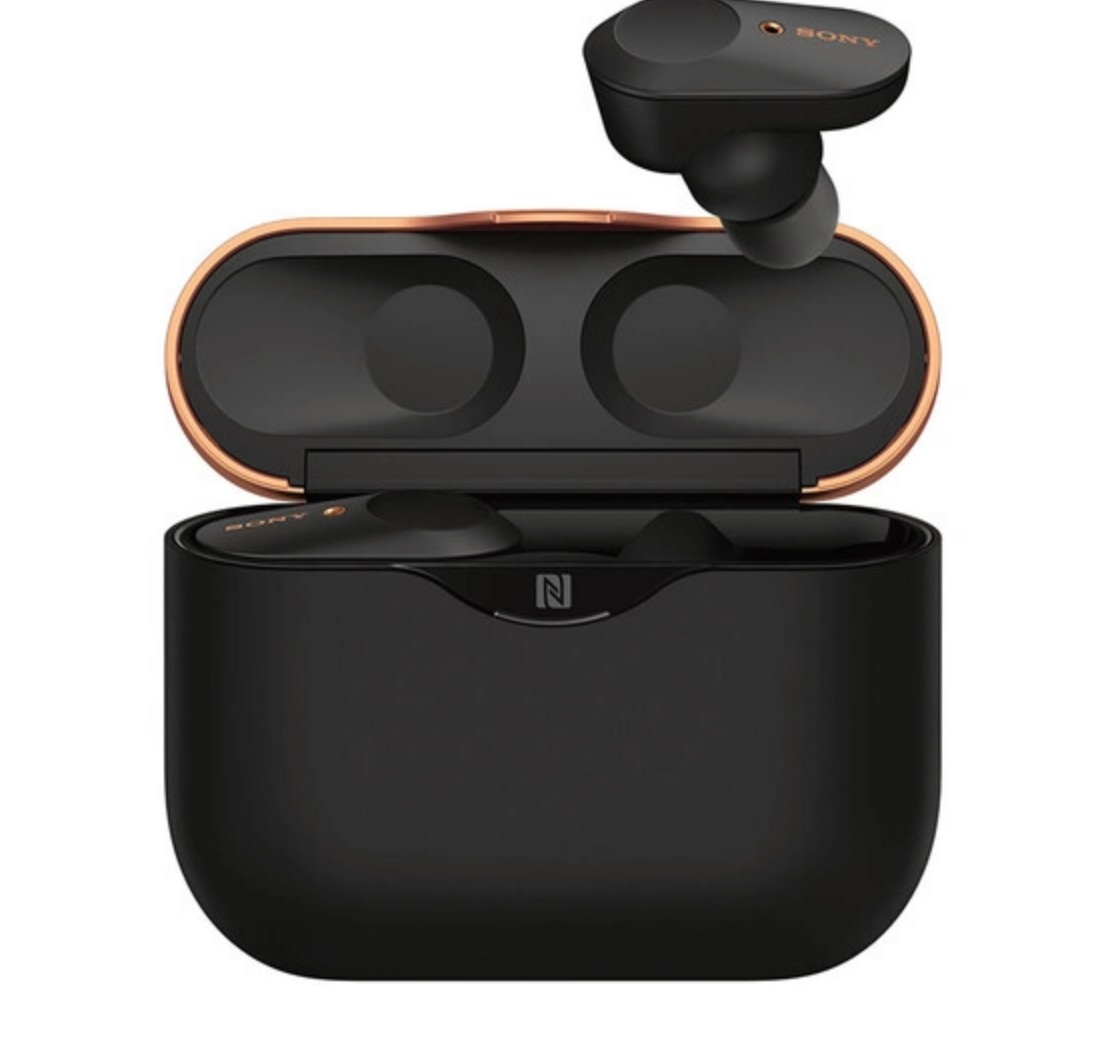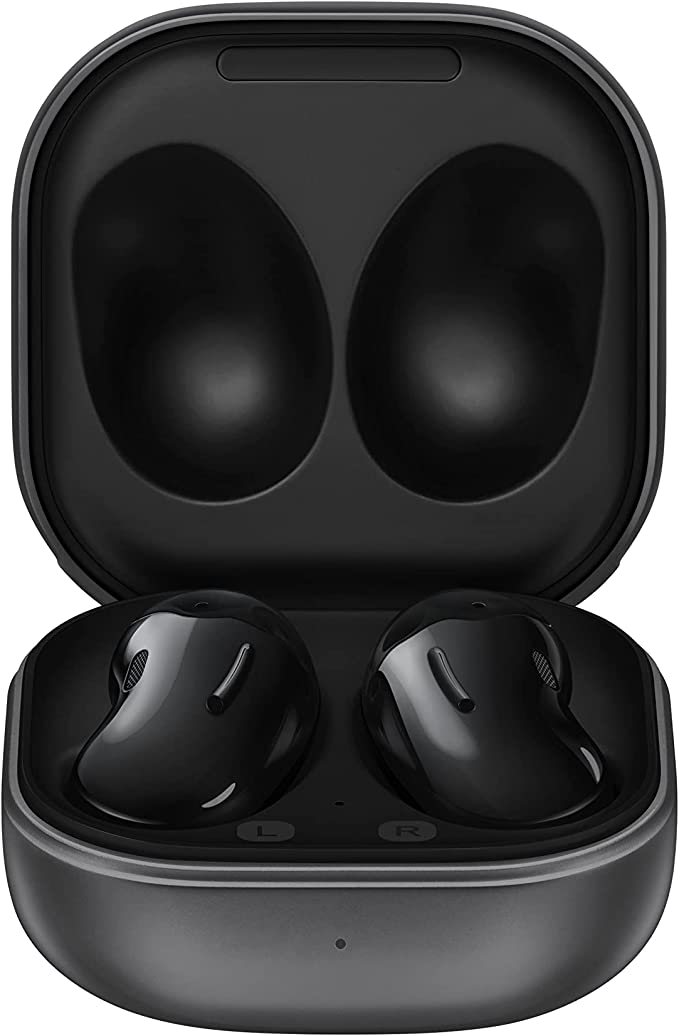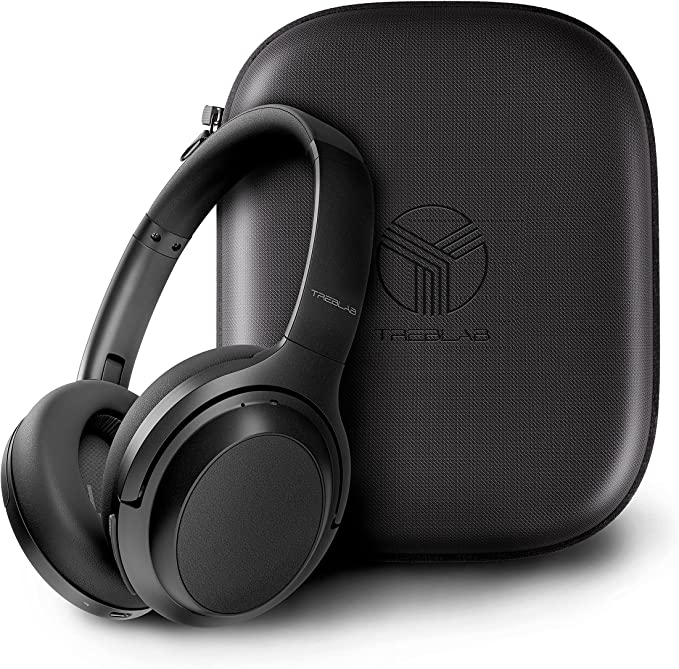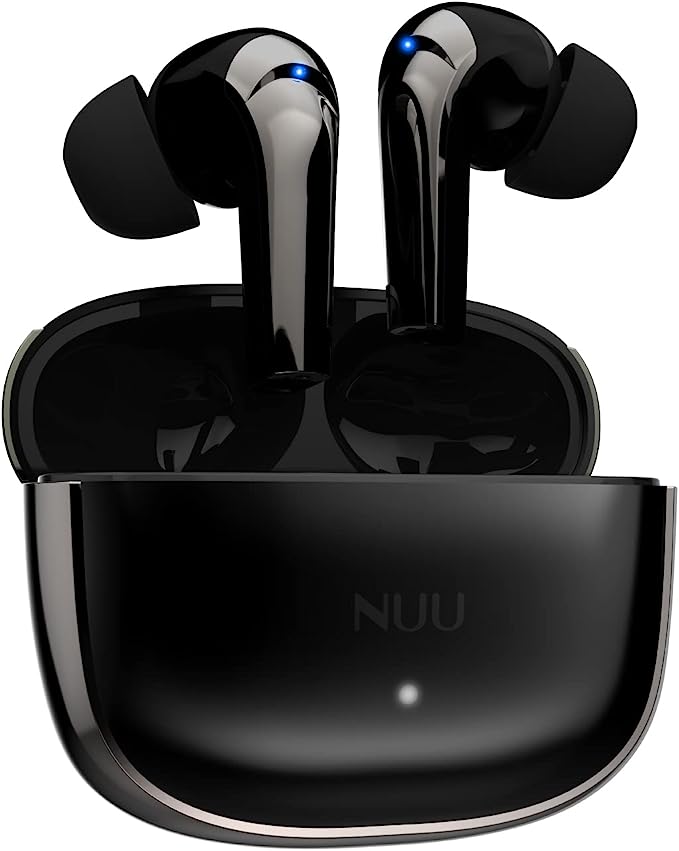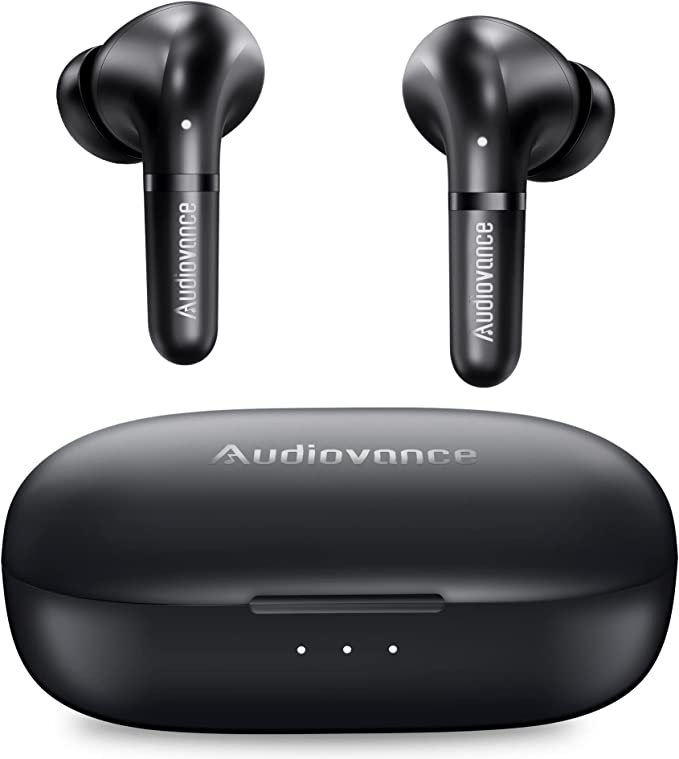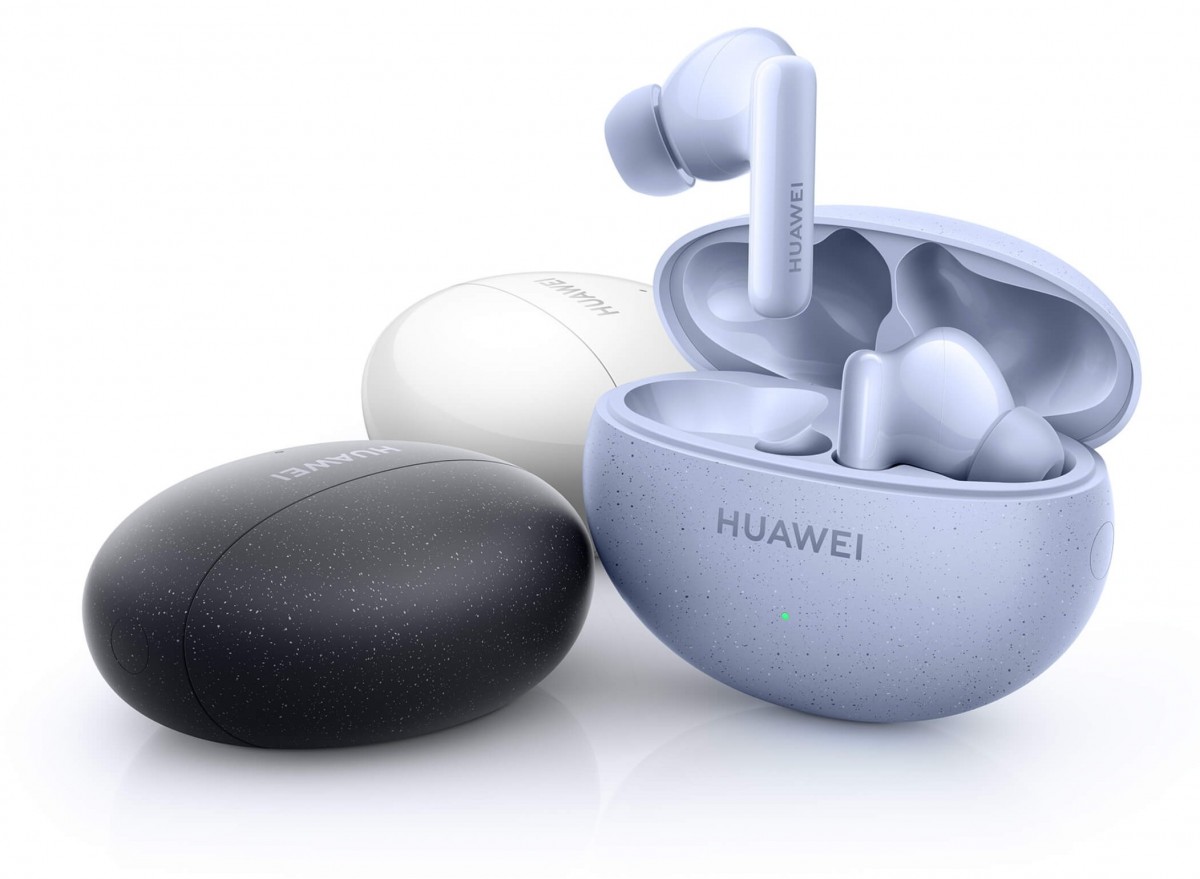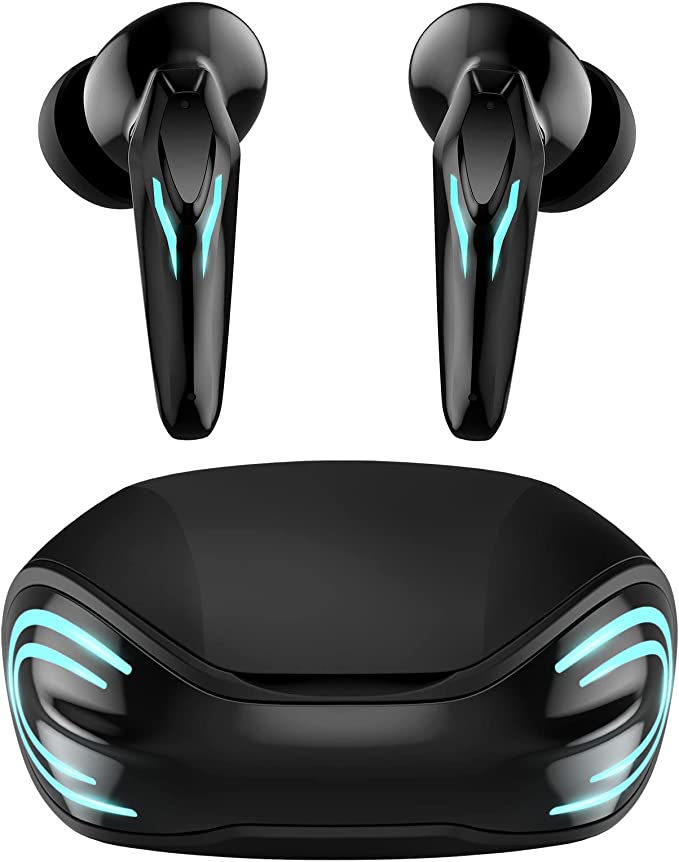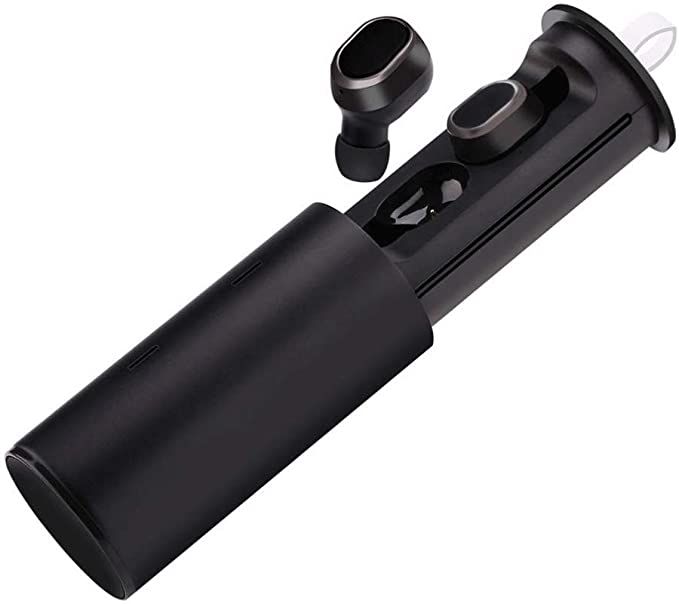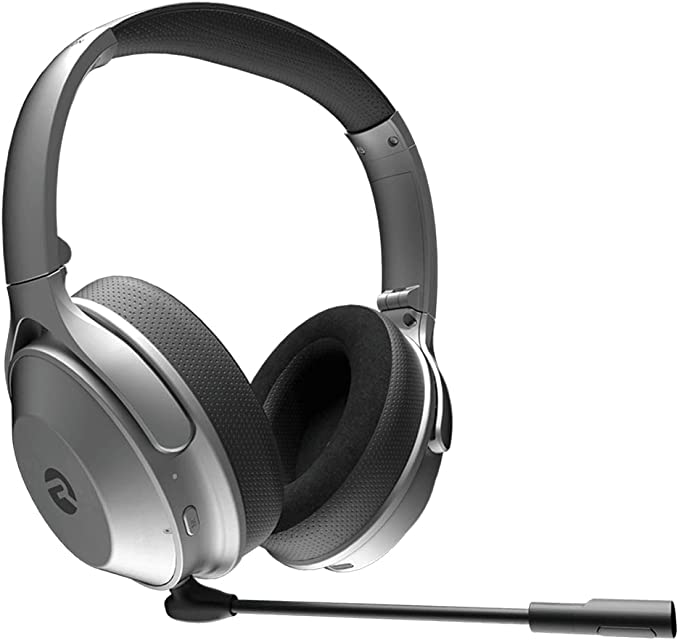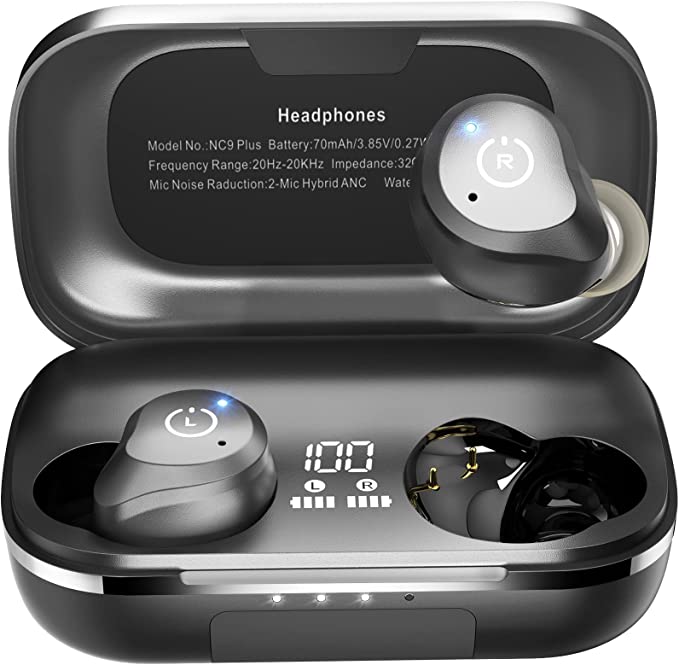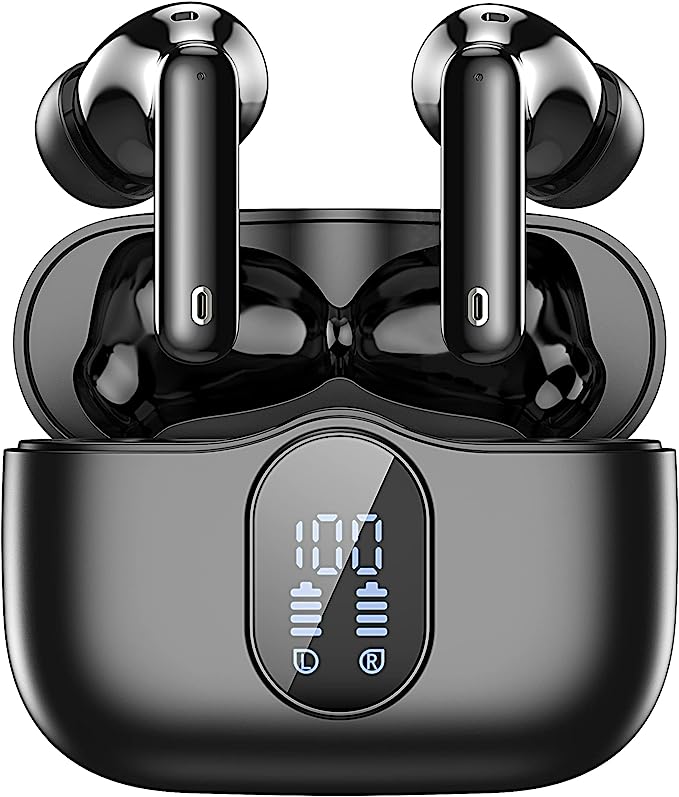Skullcandy Indy ANC Earbuds: The Science of Immersive Sound and Personalized Audio
Update on May 14, 2025, 2:48 p.m.
We live in a world saturated with sound. From the urban clamor of our daily commutes to the persistent hum of open-plan offices, true auditory peace can feel like an elusive luxury. Yet, within this soundscape, a counter-movement has been steadily growing: the quest for personalized, immersive audio experiences that allow us to curate our own sonic environments. The Skullcandy Indy ANC True Wireless In-Ear Earbuds, though perhaps now a well-regarded entry from a previous generation of audio tech, serve as a fascinating case study in how sophisticated audio science became more accessible, aiming to give listeners greater control over what they hear, and how they hear it.
This isn’t a product review, nor a eulogy for a discontinued model. Instead, let’s embark on an exploration, a journey into the scientific principles and engineering ingenuity packed within these compact devices. Think of it as lifting the hood to understand the elegant mechanics that allow these earbuds to dance with sound waves, silence the din, and tailor music to the unique contours of your individual hearing.

Act I: The Art of Silence – Demystifying Active Noise Cancellation (ANC)
Why is unwanted noise so pervasive and, at times, so utterly draining? Sound, in its most basic physical sense, is a series of pressure waves vibrating through a medium – usually the air around us. Noise is simply sound that we deem undesirable. Our first instinct to combat it is often physical: covering our ears, or in the case of earbuds, achieving a good in-ear seal. This is Passive Noise Isolation, and it’s the Indy ANC’s first line of defense. By providing a selection of ear gel sizes and stability gels, the aim is to create a snug fit that physically blocks a portion of external sound waves, particularly those at higher frequencies. It’s like closing a window to a busy street – simple, yet effective to a degree.
But for the persistent, low-frequency drones – the rumble of a train, the hum of an airplane cabin, or the thrum of an HVAC system – passive isolation often falls short. This is where the cleverness of Active Noise Cancellation (ANC) truly shines. Imagine it not as a thicker wall, but as a sophisticated form of sonic judo.
The Indy ANC earbuds, when ANC is engaged, essentially grow their own “ears” in the form of tiny, strategically placed microphones. These microphones constantly sample the ambient sounds from your environment. This captured sound profile is then rushed to the “brains” of the operation – a specialized Digital Signal Processor (DSP). Here’s where the magic, or rather, the science, happens. The DSP analyzes the incoming noise waveform and, with incredible speed, generates a new sound wave that is its exact mirror image – 180 degrees out of phase. This is the “anti-noise.”
This anti-noise is then played back through the earbud’s main drivers, precisely timed to meet the original intruding noise waves as they enter your ear canal. When these two perfectly opposing waves collide, they undergo a phenomenon known as destructive interference. Picture two ripples meeting on the surface of a pond: if one is a crest and the other is a trough of equal magnitude, they effectively cancel each other out, leaving the water momentarily still. Similarly, the noise and anti-noise waves significantly diminish each other, leading to a perceptible reduction in the unwanted background sound. You aren’t just blocking noise; you’re actively erasing a part of it.
Of course, there are moments when you need to hear the world around you – an announcement on the train, a colleague addressing you, or traffic sounds for safety. For this, the Indy ANC (like many ANC earbuds) incorporates an Ambient Mode. This feature cleverly repurposes those external microphones, not to cancel sound, but to pick it up and gently feed it into your ears, blending your audio with your surroundings. It’s like selectively opening that sonic window just a crack.
The payoff of well-implemented ANC is multifaceted. It can transform a chaotic commute into a pocket of tranquility, allowing you to enjoy music or podcasts at lower, safer volumes. In an office, it can be a beacon of focus. This technology, interestingly, has its roots in much larger-scale applications, such as reducing noise in aircraft cockpits and industrial settings, before being miniaturized and democratized for personal audio. While no ANC is perfect – it’s generally more effective against continuous, low-to-mid-frequency sounds than sudden, sharp noises – its ability to sculpt a quieter personal soundscape is undeniable.
Act II: Sound, Tailored to You – The Magic of Personal Sound
If ANC is about controlling your external sound environment, then Personal Sound, as implemented in the Indy ANC via the Skullcandy App, is about curating your internal one. The challenge here is the “one-size-fits-none” dilemma inherent in audio reproduction. Factory-set audio equalization, or EQ, assumes a universal standard of hearing, which simply doesn’t exist.
Each of us possesses a unique “hearing fingerprint.” Our ability to perceive different sound frequencies varies based on a multitude of factors: age (presbycusis, or age-related hearing loss, typically affects higher frequencies first), our physiological makeup, and even our history of noise exposure. The science of psychoacoustics delves into this complex relationship between physical sound stimuli and our subjective perception of them. Concepts like equal-loudness contours (Fletcher-Munson curves, more recently ISO 226:2003) demonstrate that our ears are not equally sensitive to all frequencies at the same objective volume level. What sounds loud at 1kHz might seem much quieter at 50Hz or 10kHz, even if a sound meter measures them at the same decibel level. Similarly, our individual hearing threshold – the quietest sound we can detect – varies across the frequency spectrum.
The “Personal Sound” feature aims to compensate for these individual variations. Through the Skullcandy App, users typically undergo a simplified hearing assessment. This might involve listening to tones at different frequencies and indicating whether they can hear them. Based on these responses, the app constructs a personalized audio profile. This isn’t just a random boost or cut; it’s a carefully calibrated adjustment to the earbud’s equalization. If your hearing test reveals, for instance, a slight dip in sensitivity around 6kHz, your personal profile might gently lift those frequencies in the audio output.
The result is an audio experience that feels more “correct” and complete for your ears. Details in music that might have been previously masked or subdued can re-emerge. Dialogue in podcasts or videos might become clearer and more intelligible. It’s not about artificially coloring the sound, but rather about restoring a more accurate representation of the original audio, tailored to overcome your specific perceptual hurdles. This move towards personalization is a significant trend in audio technology, recognizing that the ultimate listening experience is deeply subjective and individual.
Interlude: The Unsung Heroes – Power, Fit, and Connection
While ANC and Personal Sound often take center stage, several other scientific and engineering considerations are crucial for the overall performance of true wireless earbuds like the Indy ANC.
The lifeblood of any wireless device is its battery. The Indy ANC, according to its specifications, offered a respectable playtime, with a notable difference depending on whether ANC was active – a testament to the processing power that noise cancellation demands. These compact powerhouses typically rely on Lithium-ion polymer batteries, chosen for their high energy density (a lot of power in a small, light package) and ability to be molded into various shapes. The inclusion of a Rapid Charge feature – for example, providing a couple of hours of playback from just a 10-minute charge – speaks to advancements in battery management systems that can safely deliver higher currents for short bursts, replenishing the cells quickly without undue stress.
Then there’s the ergonomic design and the importance of a perfect embrace, or acoustic seal. As mentioned earlier, a snug fit is the cornerstone of passive noise isolation. But it goes further: a proper seal is vital for optimal bass response. Low-frequency sound waves need that enclosed space within the ear canal to build pressure and be perceived with richness and depth. If the seal is poor, bass can “leak” out, leaving the audio sounding thin and weak. The provision of multiple ear gel and stability fin options with the Indy ANC underscores the manufacturer’s understanding of this critical interface between device and human anatomy.
Finally, the invisible thread connecting it all is wireless connectivity, predominantly Bluetooth in the realm of true wireless stereo (TWS). While the user-provided source for the Indy ANC mistakenly listed “HDMI,” its true wireless nature and app connectivity firmly place it in the Bluetooth camp. Bluetooth audio transmission involves codecs – algorithms like SBC (Subband Codec, the universal default) and often AAC (Advanced Audio Coding, favored by Apple devices and offering potentially better quality at similar bitrates) – that compress and decompress the audio signal. One of the persistent challenges in TWS technology has been latency, the slight delay between when a sound is generated on the source device and when it’s heard in the earbuds. While perhaps not a primary focus of the Indy ANC’s marketing, it’s a constant area of development in the wider TWS field, crucial for gaming and synchronized video playback.
Finale: The Enduring Notes – Lessons from the Indy ANC
The Skullcandy Indy ANC, even as a product that has been discontinued by its manufacturer, offers valuable insights into the trajectory of personal audio technology. It represents a period where features once confined to high-end, premium devices – namely effective Active Noise Cancellation and app-driven sound personalization – began to permeate more accessible market segments. This democratization of advanced audio science is a significant trend that continues to shape what we expect from our personal listening devices.
The technologies housed within these earbuds, from the intricate dance of destructive interference in ANC to the psychoacoustic intelligence of Personal Sound, highlight a continuous human endeavor: to better control our auditory world and to experience sound in ways that are more immersive, more comfortable, and more authentically ours. Understanding the science behind these features doesn’t just demystify the technology; it deepens our appreciation for the intricate engineering and the profound understanding of human perception that make such everyday marvels possible. As we listen, whether to music, podcasts, or the carefully curated silence provided by ANC, we are experiencing the elegant culmination of decades of scientific exploration, all packed into a pair of tiny earpieces. The journey of sound continues, and with it, the evolution of the tools we use to shape it.

